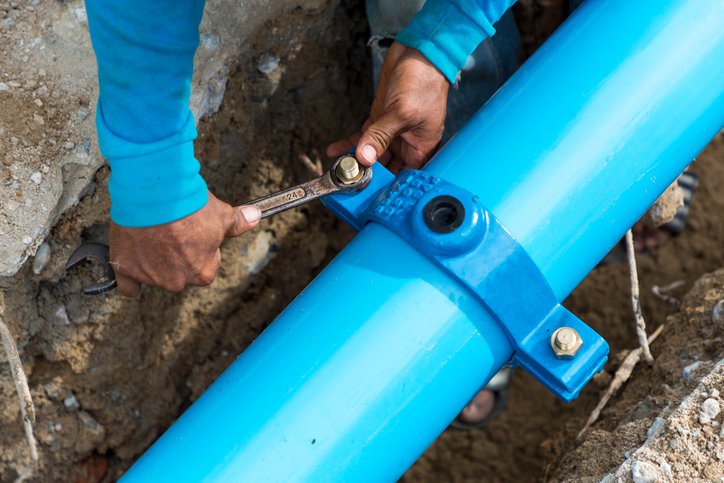At our DCD Keeping IT Cool virtual event, we sat down with Mark Bulmer and Charles Freda of Georg Fischer piping solutions to discuss lowering the temperature, and to allow them to argue the case for plastics during a presentation.
So, can plastics really be used in data centers? Mark Bulmer, Head of Global Market Development, says you will be amazed.
“We are selling an awful lot of plastics in data centers. Basically, if you've got low-pressure aqueous solutions, a non-pressure system, or if you've got chilled water in a tertiary loop or for the primary loop in the larger piping, all the various simple hydronic piping systems can all be done in plastics. And in terms of the value proposition of plastics, it can make an awful lot of sense.”
It seems that if liquid cooling becomes widely adopted, the applications for plastic in data centers will also increase. This is something that Mark Bulmer notes as a significant industry shift.
“There seems to be a lot of developments going on at the moment in terms of rack densities, and I think a lot of people out there in the market are thinking that the time for liquid cooling has come.”
“So, one methodology to create an effective cooling unit cooling system is, of course, direct liquid cooling. So let's call it direct liquid chip cooling.
“This involves moving water, basically, over a cold plate, which will be a metal with a high thermal conductivity directly over the processor unit.
“[This technology] has been around a little while. But our feeling is that there's a rapid acceleration in the focus upon this type of cooling. It has a consequence, of course, and I know this may be stating the obvious: pressurized water loops in whitespaces.
“Now of course, if I have a pressurized water loop in a whitespace, we have to think about what would be the best way to transport this water.
“We are developing a plastic piping system optimized for the needs of the direct liquid cooling loop. Of course clean is important, you've got microchannels, you've got the retrofit aspect, non-drip, we've got the extraction of blades, we've got the maintenance aspect.”
So, it can be done. The question is whether plastic is a superior choice to the other materials available.
“There are two critical, highly important, and highly profitable properties of plastic pipes that lend them useful to liquid cooling and data centers, and they are very basic.
“The first one is no corrosion. Plastic pipes don't have the electrolytic corrosion that you're going to get with various metal pipes.
“Another great benefit that is also just looking at us in the eyes, is that they're lightweight. It’s a little bit difficult to put metrics behind a benefit. But you can put a metric behind the weight savings with the comparison of a two-inch piping system because we know in the development processes we're involved in at the moment, that the laterals for these kinds of pots for water cooling, would often be approximately 40, 45 feet in one direction, feed and return so approximately 100 feet. So just for that small system there, you're going to be saving 476 pounds.”
When it comes to the benefits of less weight, the reality is quite simple. Lighter equipment is easier to handle, and as a result, this is a pretty easy perk to working with plastic piping.
As the industry continues to adopt liquid cooling technologies, it will be interesting to see how many will opt to rely on plastic.
Download the full episode to learn more about Georg Fischer’s applications of plastic piping.
More from Georg Fischer
-

Staying cool: How DCPro training has injected fresh confidence into Georg Fischer
Mirela Dumitrache is an industry veteran with 15+ years of experience. But data center technology moves fast and training is vital to keep up, she says
-

Staying in front
Training is the key to staying abreast of developments in an industry as fast moving as the data center sector, says Georg Fischer’s Ian Waldock


